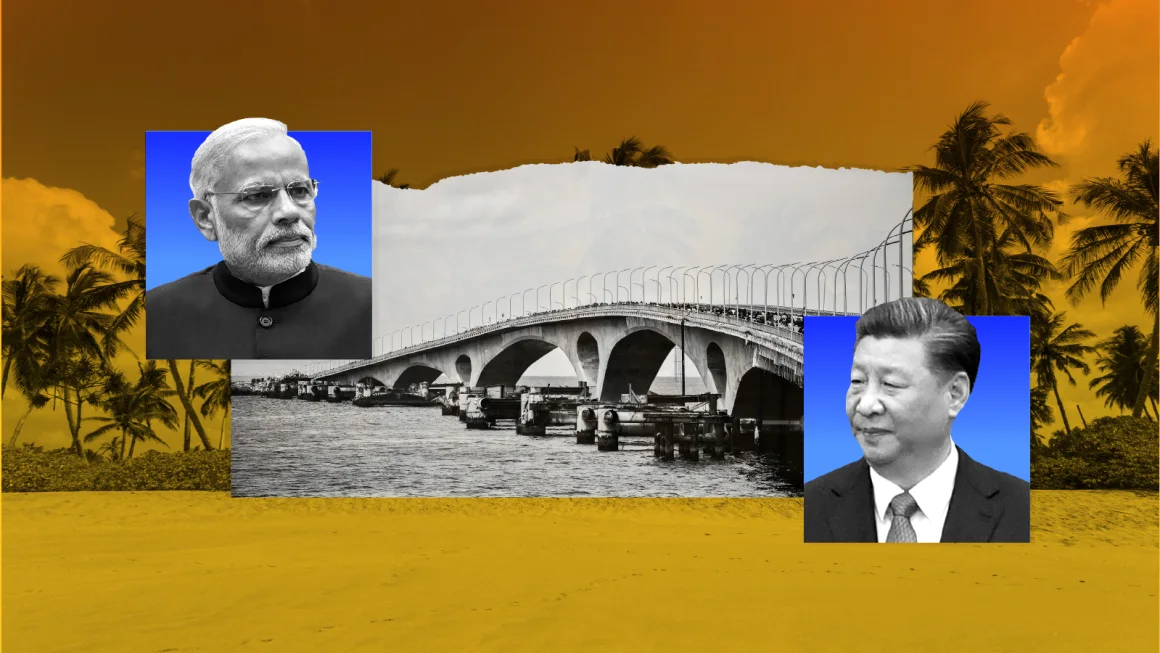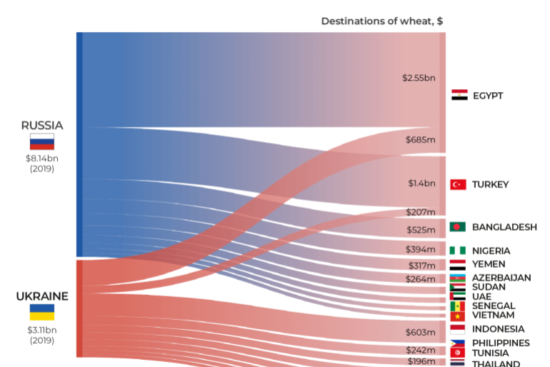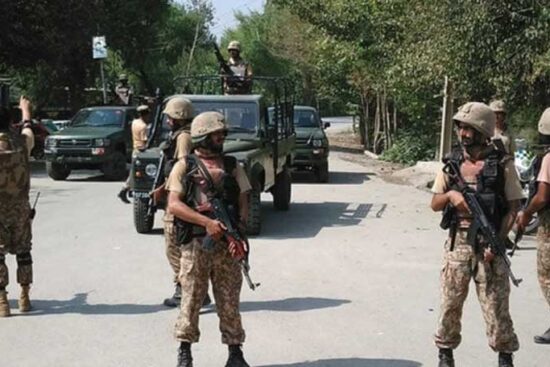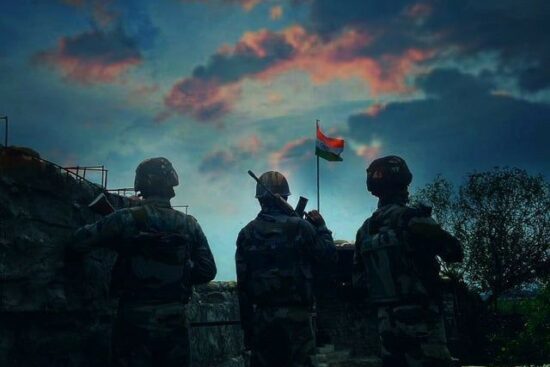
The recent India-Maldives controversy, caused by disparaging remarks about Prime Minister Modi by three Deputy Ministers of Maldives’ Ministry of Youth Empowerment, Information and Arts, shows the downside of India’s increasingly assertive foreign policy, particularly for its smaller neighbors. The way India and Indians jumped in to call out Maldives is a classic example of arrogance and disrespect that runs as the undertones of India’s interaction with other countries and hence a subtle dark shade of its foreign policy.
The tendency to resort to pressure tactics and economic muscle-flexing ultimately jeopardizes peace and shared economy of the region.
The Maldives case serves as a textbook example. President Muizzu’s “India Out” campaign and his subsequent China visit were clear signals of Maldives’ desire for strategic autonomy. India’s response, suspension of travel bookings for Maldives, a blunt statement expressing desire to punish the Maldives for not choosing India. This bullying approach has costed India its soft image.
India’s foreign policy faces headwinds in its relations with other South Asian countries as well. Bhutan, a close ally for decades, has shown signs of distancing itself, seeking closer ties with China and diversifying its foreign partnerships. Nepal, meanwhile, has grappled with issues of border disputes and resource-sharing with India, leading to tensions and occasional diplomatic spats. The most complex relationship remains with Bangladesh. Despite shared history and cultural ties, issues like water-sharing, trade imbalances, and Rohingya refugee resettlement have created friction. The recent “Dhaka Chalo” movement in India, advocating for a march on the Bangladeshi capital, highlighted the potential for nationalist sentiments to further strain relations. Pakistan, of course, presents the most intractable challenge. The longstanding Kashmir dispute and cross-border terrorism remain major obstacles to rapprochement.
Coming back to the row with Maldives, India gained little but a temporary self-pride boost.
While Maldives president is deepening ties with China on his first state visit, India risked harming the livelihoods of thousands of Indian workers in the Maldives’ tourism industry.
33,000 Indians work in the Maldives tourist industry and send back $55 million in remittances. Secondly, the travel suspension move sent a negative message to other smaller nations in the region, raising concerns about India’s readiness to use economic pressure to meddle in their internal affairs. This has widened even more space for China in South Asia.
So where does India go from here? Respecting the autonomy and aspirations of its neighbors is what India needs. In trying to force or dictate its terms, it must remember that alternatives are easier to find in this age and its does not take long to lay down a route that connects countries for economic exchanges. Embracing diversity and independent foreign policies will pave the way for genuine cooperation.
South Asia is not a sphere of influence for any country. It is a tapestry of diverse cultures, people, histories, and aspirations. The Maldives saga is a wake-up call. India’s assertive foreign policy must be carefully calibrated to avoid jeopardizing regional peace and prosperity. A more nuanced approach, built on respect, mutual benefit, and inclusivity is the only way to build a truly stable and prosperous South Asia where all nations can thrive.

















Leave a Reply